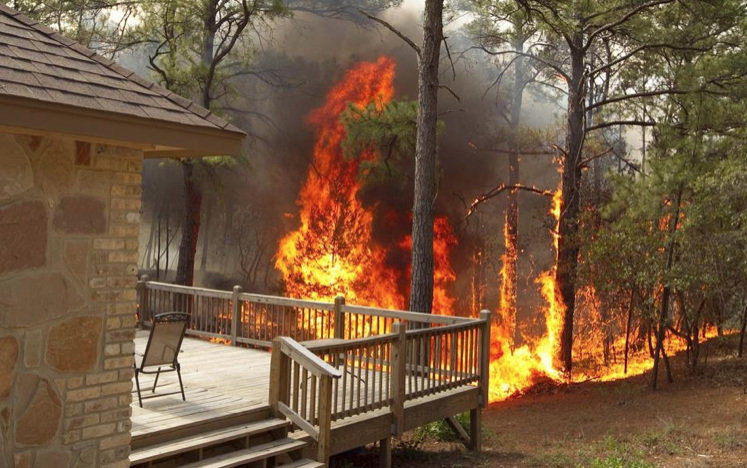All it will take for Central Texas to become the next area engulfed by catastrophic wildfires like those seen in Australia is a dry spring and summer, an errant flame and sustained winds.
Travis County fire officials say the likelihood of such a megafire event is just a matter of time.
A recent report released by CoreLogic, an online property data service, ranked Austin fifth among metropolitan areas in the nation most at risk for wildfires. The only others in the country at a greater risk are in California, according to the study.
As the world watches and mourns over the wildfire devastation plaguing Australia, residents need only look out their window to see a landscape similar to the one Australians admired before their wildfires began.
Daniel Shaw, an Australian who has worked for the U.S. National Weather Service as a storm spotter, said his home country also built on the edges of preservation areas like Austin’s western wildlands.
And, like residential growth near grassy areas east of Interstate 35, population growth in Australia has pushed neighborhoods closer and closer to wild grasslands.
Shaw said if Austin’s wildlands catch fire and embers blow into those grasslands, firefighters would struggle to extinguish the flames before another fire would start up nearby.
“If you’ve got fuel to burn and winds to drive it, then you’re going to have a fast-running fire whether it’s grasslands or bush,” Shaw said.
Bob Nicks, president of the Austin firefighters union, said Austin’s lack of sustained winds are now the only thing protecting Austin from a similar fate.
However, he said Austin’s luck will eventually run dry.
Nicks said Central Texas frequently experiences two of the key components for wildfires, dry conditions and triple-digit temperatures, from June through September during the summer wildfire season. However, sustained winds, the third factor that fuels the fires and pushes them forward in a singular direction, are less frequent.
If a wildfire were sparked in West Austin during hot, dry conditions with sustained winds, there would be no stopping it from destroying everything in its path, Nicks said.
“When a fire reaches a certain size, you cannot stop the progression forward,” he said. “There is not enough water or personnel to put a dent on the head of that fire. You cannot stop it.”
Read more from Heather Osbourne with the Austin American-Statesman here.

